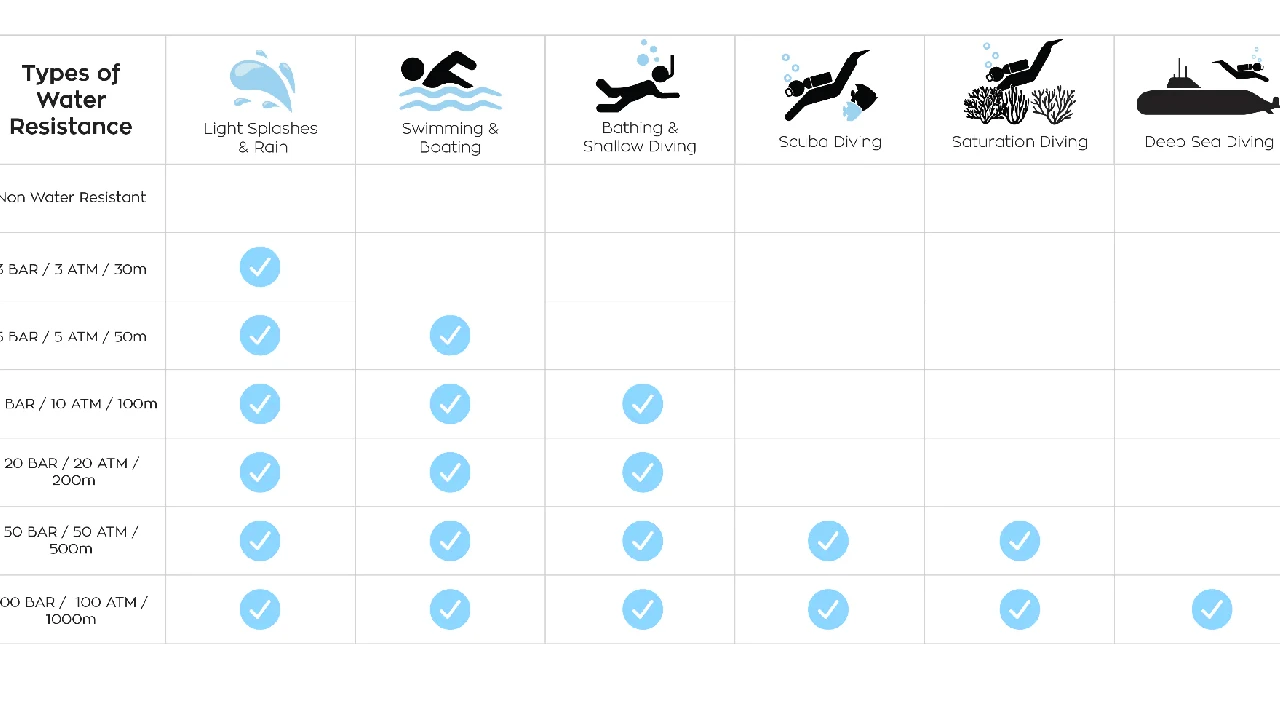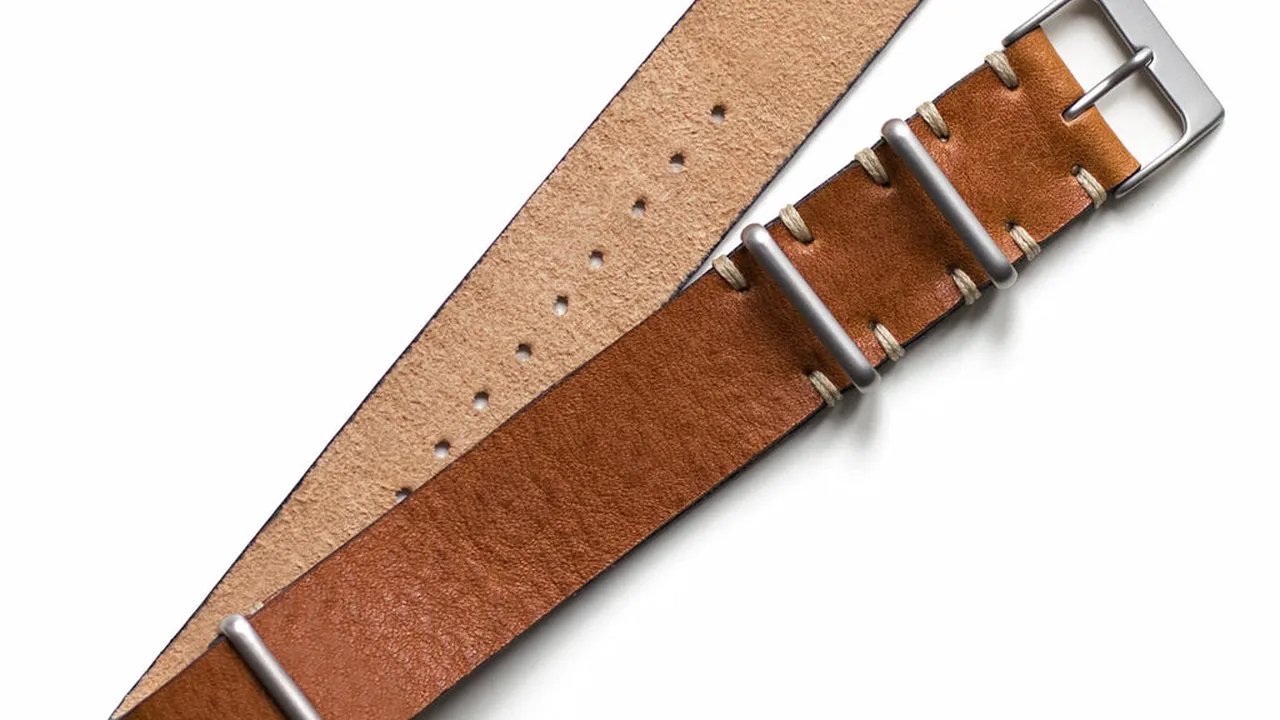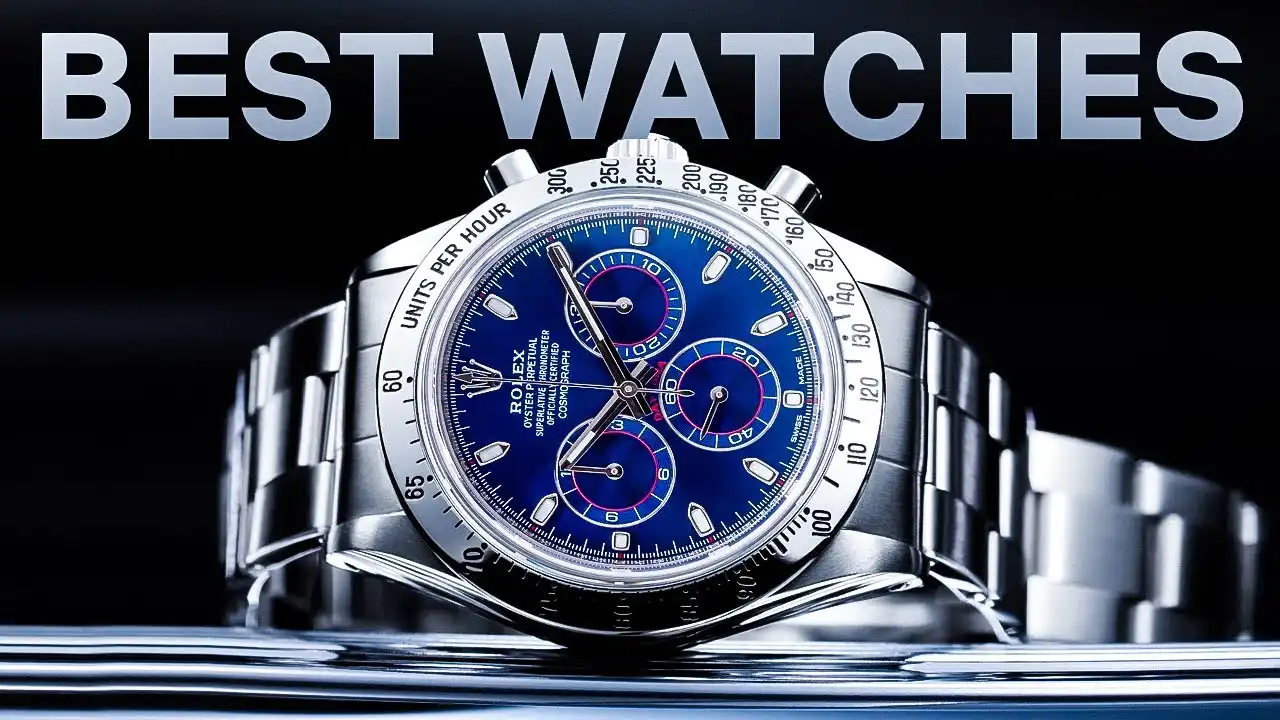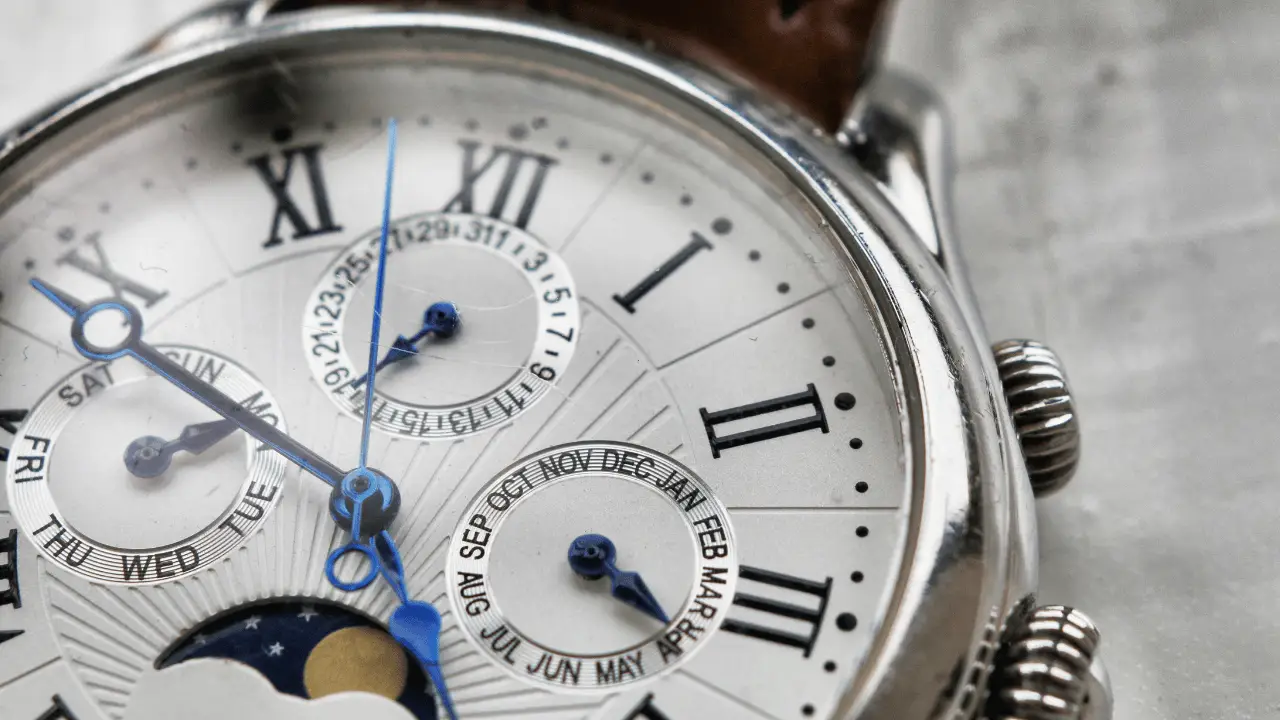Everyday Watch Water Resistance: Understanding Your Watch's Limits
Understand the water resistance ratings of everyday watches and what they mean for your daily activities. Choose a watch that can withstand your lifestyle.

Understanding Water Resistance Ratings for Everyday Watches
So, you're thinking about buying a new everyday watch, huh? Great! But before you pull the trigger, let's talk about something super important: water resistance. I know, it sounds kinda boring, but trust me, understanding those little numbers printed on the back of your watch can save you a lot of heartache (and money!). Water resistance isn't just about swimming; it's about protecting your watch from everyday splashes, spills, and the occasional unexpected downpour. Let’s break down those ratings and what they actually mean in the real world.
ATM, Meters, and Bars: Decoding Water Resistance Markings
You'll often see water resistance expressed in ATM (atmospheres), meters (m), or bars. They all essentially mean the same thing, but it's good to know the lingo. 1 ATM is roughly equivalent to 10 meters or 1 bar. But here’s the catch: these numbers *don’t* mean you can dive that deep with your watch. They represent the pressure the watch can withstand in a *static* laboratory setting. Real-world conditions, like the force of your arm moving through water, can significantly increase the pressure on the watch.
3 ATM / 30 Meters: Splash-Proof, Not Swim-Proof
A watch with a 3 ATM or 30-meter rating is considered splash-proof. This means it can handle minor splashes, like washing your hands or getting caught in a light drizzle. But definitely *don't* wear it in the shower, swimming pool, or while doing the dishes. Think of it as being safe from accidental spills, but not designed for submersion.
5 ATM / 50 Meters: Shower-Safe, Light Swimming OK
A 5 ATM or 50-meter rating indicates a slightly higher level of protection. You can probably wear it in the shower (though I personally wouldn't risk it with soap and hot water), and it *might* be okay for light swimming in a pool. However, avoid activities like snorkeling, diving, or anything involving high-impact water activities. Keep in mind that even with this rating, repeated exposure to water can degrade the seals over time, so it's best to err on the side of caution.
10 ATM / 100 Meters: Swimming, Snorkeling, and Water Sports
Now we're getting into more serious territory. A 10 ATM or 100-meter watch is generally considered suitable for swimming, snorkeling, and other water sports like surfing or sailing. However, it's still not recommended for diving. The increased pressure at greater depths can overwhelm the watch's seals. This is a good all-around rating for an everyday watch if you're even moderately active in the water.
20 ATM / 200 Meters and Above: Diving and Extreme Water Activities
Watches with a 20 ATM or 200-meter rating and higher are designed for diving. These watches typically feature screw-down crowns and casebacks to provide a secure seal against water intrusion. If you're a serious diver, look for watches with even higher ratings, such as 300 meters or more. These watches are built to withstand the extreme pressures of deep-sea exploration.
Real-World Scenarios and Everyday Watch Water Resistance
Let's put these ratings into real-world scenarios. Imagine you're wearing a 3 ATM watch and accidentally spill a glass of water on it. No problem, just wipe it off. But if you decide to go for a swim in the ocean with that same watch, you're likely going to damage it. Similarly, if you're washing dishes with a 5 ATM watch, you're probably fine, but don't go jet skiing with it. The key is to match the watch's water resistance rating to the activities you'll be doing.
Maintaining Water Resistance: Tips for Keeping Your Watch Safe
Even with a high water resistance rating, it's important to maintain your watch properly to ensure its continued protection. Here are a few tips:
- Avoid extreme temperature changes: Sudden temperature changes can cause the seals to expand and contract, potentially compromising their integrity.
- Rinse your watch after exposure to saltwater: Saltwater can corrode the seals and other components of the watch. Rinse it with fresh water after swimming in the ocean.
- Have your watch pressure-tested regularly: It's a good idea to have your watch pressure-tested by a professional every year or two to ensure the seals are still in good condition.
- Replace the seals when necessary: Seals degrade over time, so they'll eventually need to be replaced. A qualified watchmaker can do this for you.
- Avoid operating the crown or pushers underwater: Unless the watch is specifically designed for it, operating the crown or pushers underwater can allow water to enter the case.
Recommended Everyday Watches with Good Water Resistance
Okay, so now that you understand water resistance, let's look at a few everyday watches that offer good protection:
- Casio G-Shock DW-5600E-1V: This classic G-Shock is known for its durability and water resistance (200 meters). It's a great choice for active individuals who need a watch that can withstand anything. Around $50-$70. Perfect for everyday wear, especially if you work outdoors or in a physical job. It's incredibly tough and can handle bumps and scrapes without issue.
- Seiko 5 Sports: These automatic watches offer a great combination of style and water resistance (100 meters). They're perfect for everyday wear and can handle swimming and snorkeling. Prices range from $200-$400. A versatile option that looks good with casual and slightly more formal attire. The automatic movement is a nice touch for watch enthusiasts.
- Timex Expedition North Field Post Solar: A rugged and reliable solar-powered watch with 100 meters of water resistance. Ideal for outdoor adventures and everyday wear. Around $150-$200. Great for hiking, camping, and other outdoor activities. The solar-powered movement means you don't have to worry about changing batteries.
Comparing Water Resistance Features: Casio G-Shock vs. Seiko 5 Sports
Let's compare two of the recommended watches in more detail. The Casio G-Shock DW-5600E-1V boasts a superior water resistance of 200 meters, making it suitable for diving and other high-impact water activities. Its rugged design and shock resistance further enhance its durability in harsh environments. However, its digital display and utilitarian aesthetic might not appeal to everyone. The Seiko 5 Sports, on the other hand, offers a more refined and versatile design with its analog display and various style options. While its 100-meter water resistance is sufficient for swimming and snorkeling, it's not as robust as the G-Shock for more extreme water sports. The Seiko 5 Sports also features an automatic movement, which appeals to watch enthusiasts who appreciate mechanical craftsmanship. Ultimately, the best choice depends on individual needs and preferences. If you prioritize maximum water resistance and durability, the G-Shock is the clear winner. If you value style and versatility, the Seiko 5 Sports is an excellent option.
:max_bytes(150000):strip_icc()/277019-baked-pork-chops-with-cream-of-mushroom-soup-DDMFS-beauty-4x3-BG-7505-5762b731cf30447d9cbbbbbf387beafa.jpg)






